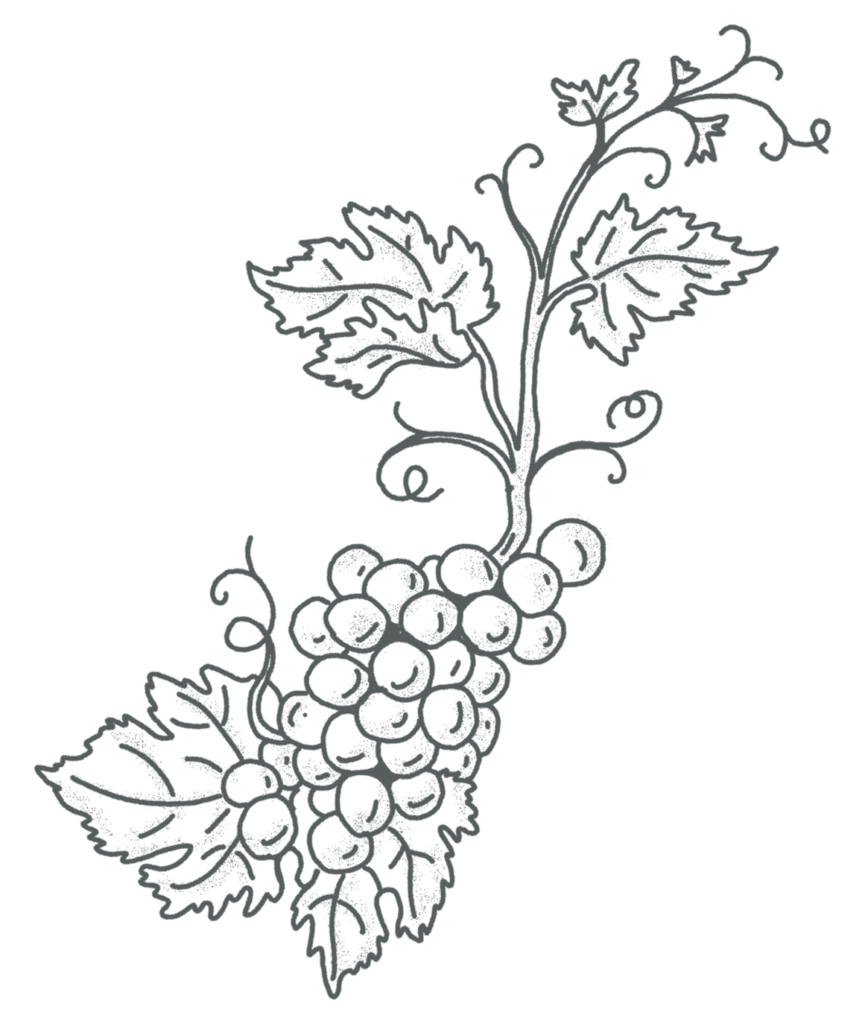
our vineyards
The Wine Garden
The ‘La Fornace’ winery has a limited total vineyard area divided between two estates, both located in the municipality of San Giustino, between Umbria and Tuscany.
tenuta
La Fornace
The first and most representative extends over 1.2 hectares divided into 3 small vineyards, all enclosed within our winery: the first is composed entirely of Sangiovese and was planted by the founder Ezio in 1969, the remaining two began to grow at the beginning of 2006 thanks to the care of Alessandro, Ezio’s successor, who decided, with the expert help of our oenologist Federico Renzi, to plant two new grape varieties in addition to another part of Sangiovese: Petit Verdot and Colorino.
The result of these vineyards was for decades a single wine: the red ‘la Fornace’.
During the harvest of 2022, a new product was born for the first time: ‘Nova’.
tenuta
Sant'Anastasio
The second property has recent origins, was acquired in 2020 by the new management and is the Sant’Anastasio estate: officially the oldest vineyard in the entire municipality.
This manifests itself in 68 rows full of wisdom and experience,
totalling 1.7 hectares.
This is a vineyard that had been in a state of abandonment for about 15 years, the work needed to restore the plants and the soil took two years, after which we finally made the first harvest, from which ‘Stasio’, our sparkling rosé re-fermented wine, was born.
It was difficult to identify exactly which grapes made up the vineyard: once upon a time, you planted what you had available and in the case of failures, there was no worry about finding exactly the lost grape variety, but you planted what you had available.
Our ampelographic studies have however identified five predominant grape varieties: Sangiovese, Malvasia, Aleatico, Trebbiano and Grechetto.
Both estates are characterised by pedoclimatic conditions favourable to the healthy growth of the grapes, and represent a true oenological garden for the company, whose low and controlled yields allow maximum extraction of aromas and fragrances, strengthening the structure and soul of the wine.
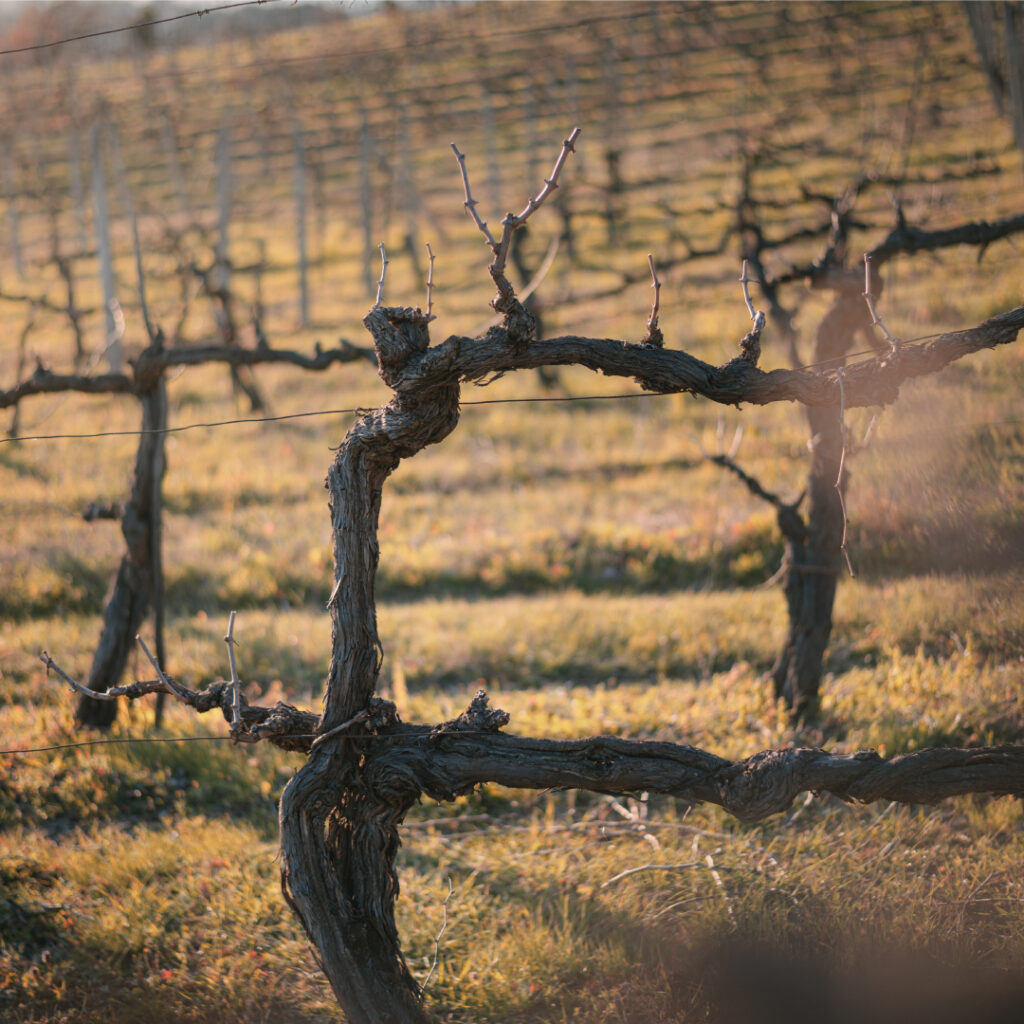

the production
From vineyards to cellar
The cellar is the stage of our theatre, where all the fragrance and vitality of the earth is transformed into wine. In the cellar, human intervention must be limited to a few practices: the goal is to obtain a wine that is simple, always better and representative of the vintage.
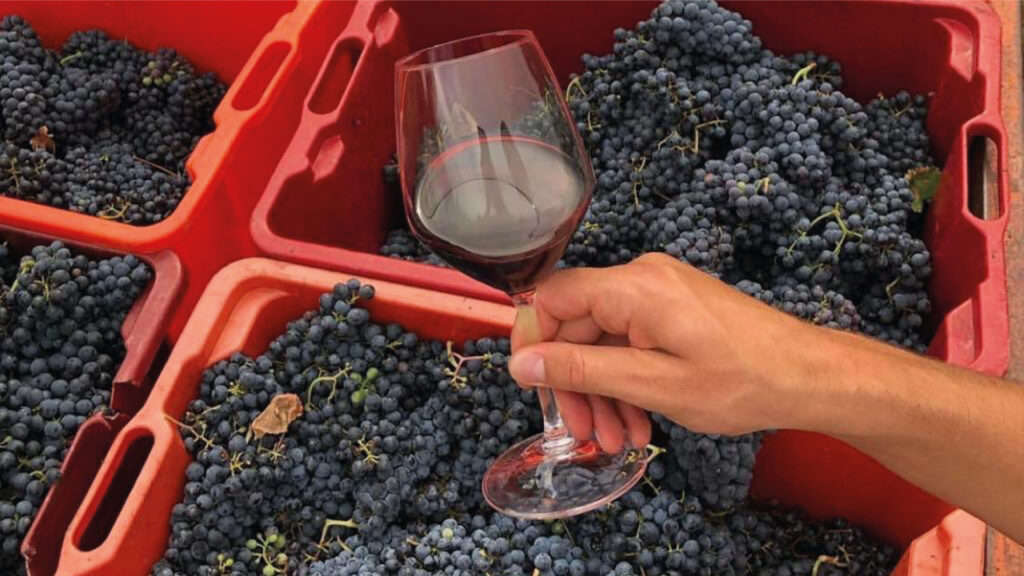

the production
From vineyards to cellar

The cellar is the stage of our theatre, where all the fragrance and vitality of the earth is transformed into wine. In the cellar, human intervention must be limited to a few practices: the goal is to obtain a wine that is simple, always better and representative of the vintage.
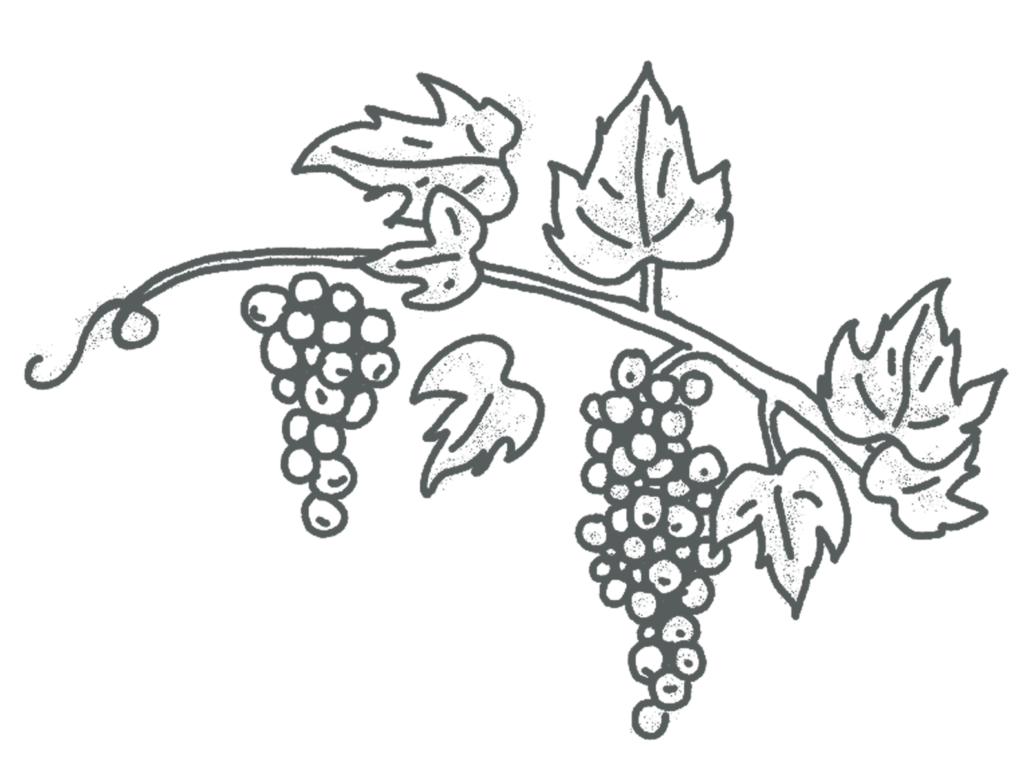
tenuta la fornace
Our grapes
The vineyard area is mostly composed of Sangiovese, the vine that first inhabited our hills, which gives the wine its characteristic intense flavour as well as its predisposition to ageing.
Petit Verdot and Colorino, which have subsequently taken over to variegate the production, represent 30% of the vineyards.
Only a few rows are made up of Merlot.
The soils on which the La Fornace vineyards are situated are characterised by clayey deposits and sands derived from the disintegration of sandstone-type sedimentary rocks. They are located at an altitude of between 300 and 400 metres above sea level, with a predominantly west/south-west exposure.
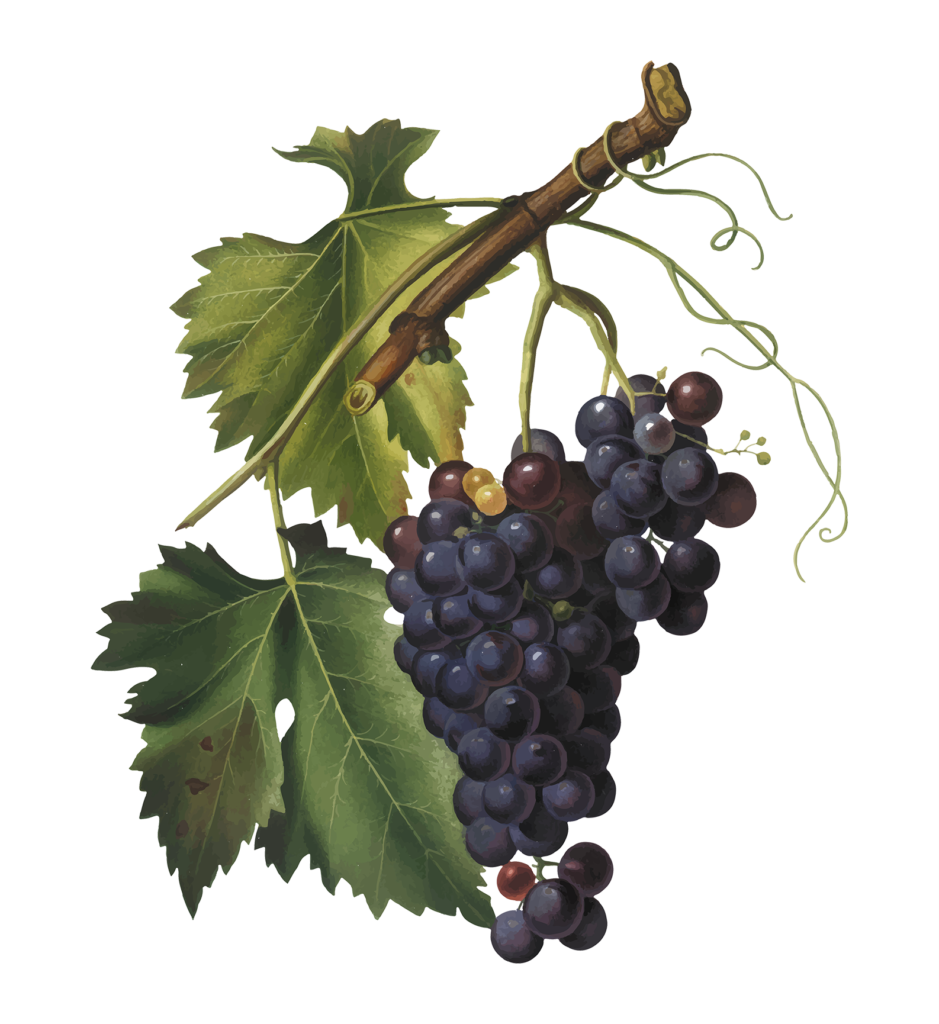
grapes
Sangiovese
Sangiovese is the most widely cultivated grape variety in Italy, from which some of the world’s finest wines such as Brunello di Montalcino, Vino Nobile Di Montepulciano and Morellino di Scansano are made, and it is also the predominant grape variety in all Chianti wines.
Its distinguishing features are undoubtedly its marked acidity, complex tannic structure, and high capacity for ageing in the bottle.
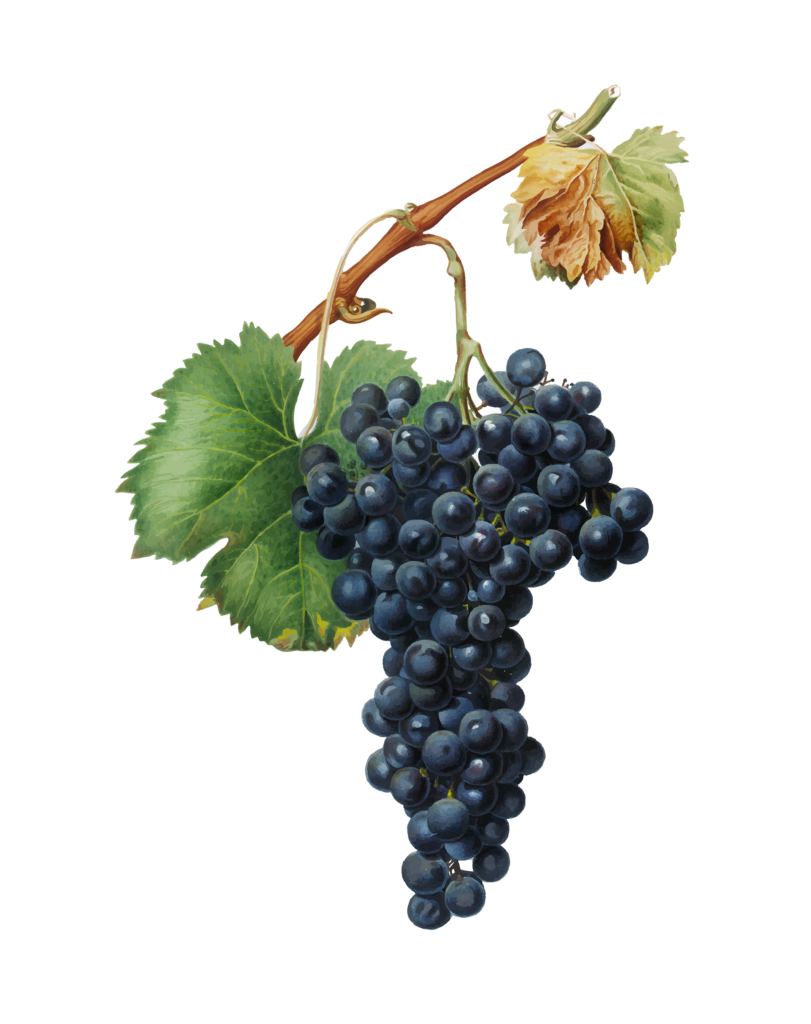
grapes
Petit Vertot
Often in the vinification of a wine, one opts to add so-called ‘blending’ grapes to correct and improve the organoleptic characteristics of the predominant variety.
Petit Verdot was the first blending grape planted in our vineyards. It is characterised by a particularly small and dark berry, in which the ratio of skin to pulp is lower than in most grapes. This allows for a greater extraction of pigments and a higher concentration of ‘soft’ tannins, which round off the final stringency of the wine.
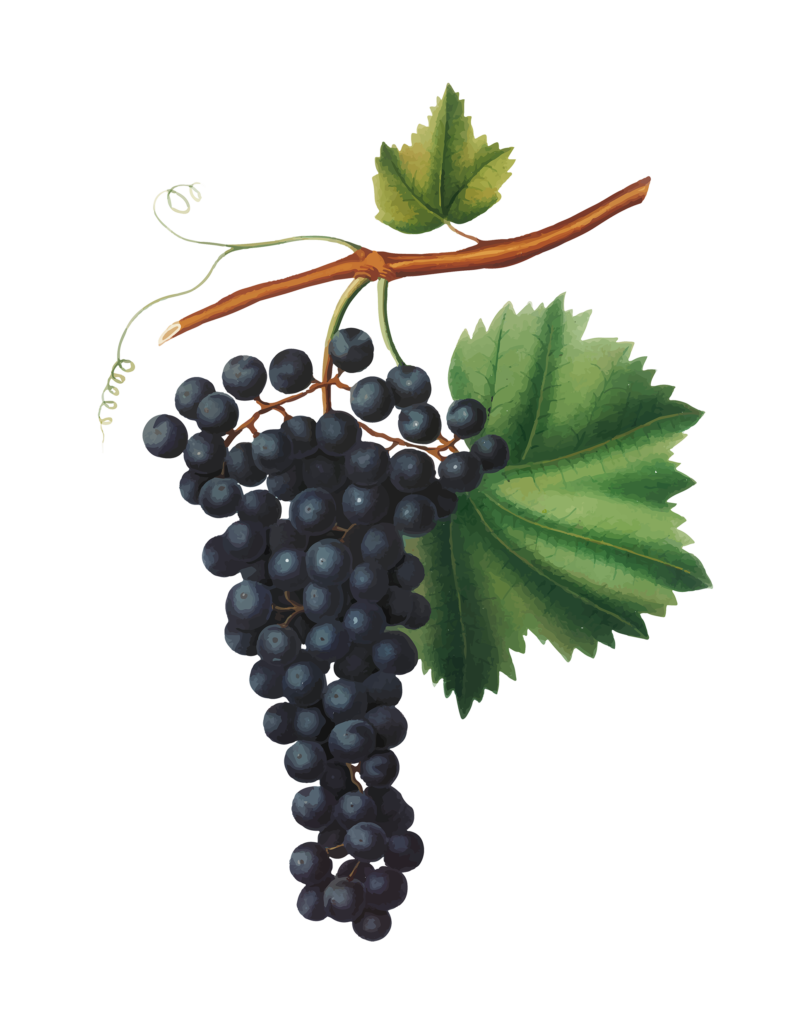
grapes
Colorino
The other blended grape variety cultivated on our land is Colorino. As you can easily guess from its name, its main characteristic is its colour: very intense and bright.
Moreover, it is a very fragrant grape variety, rich in fruity scents that enrich the wine’s overall aromatic bouquet.

la fornace
Our wines


Two wines are born from the union of these varieties: “La Fornace” and “Nova”.
The first, the workhorse of our winery, first undergoes a short period of vinification in steel, then 48 months in American oak barriques of repeated passages.

la fornace
Our wines

Two wines are born from the union of these varieties: “La Fornace” and “Nova”.
The first, the workhorse of our winery, first undergoes a short period of vinification in steel, then 48 months in American oak barriques of repeated passages.

tenuta sant'Anastasio
Our grapes
The distribution of the individual vines within the vineyard is quite particular, white grapes and red grapes alternating randomly along all the rows.
The first 18 rows are the richest in Sangiovese, a few Malvasia plants appear sporadically.
The remaining rows are heterogeneously composed of the other grape varieties, with no predominance, apart from the westernmost area, which is rich in Grechetto and Trebbiano, kissed by the most intense sun of the day.

grapes
Sangiovese
Its marked acidity makes it an excellent starting point for our sparkling wine, harvested early at the end of August.
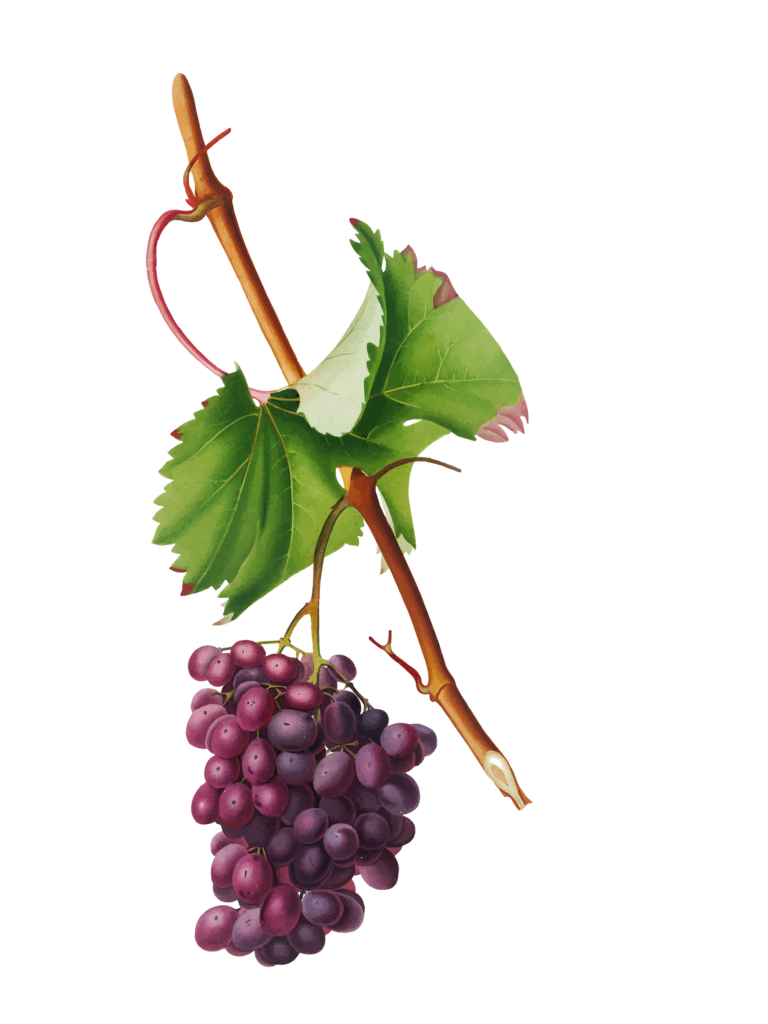
grapes
Malvasia
There are no less than 17 varieties of Malvasia, we have one of the red varieties. Characterised by a very recognisable sweet and delicate basic aromaticity.
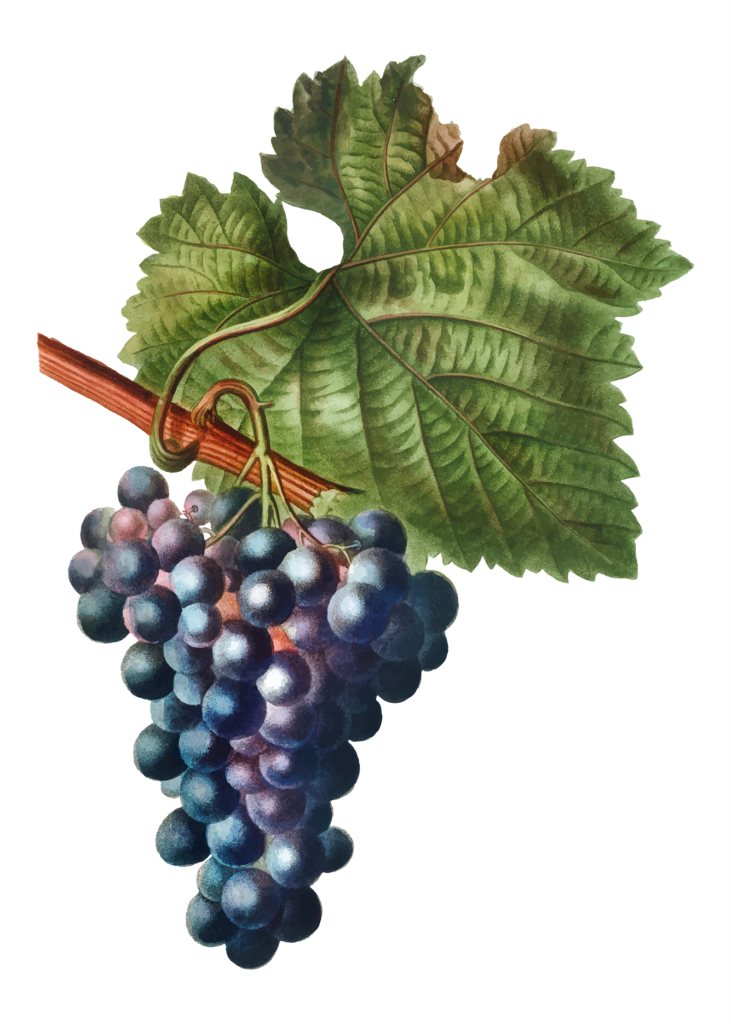
grapes
Aleatico
Also a semi-aromatic grape, vaguely reminiscent of Muscat, characterised by a dark, medium-sized berry. Present at around 10% in the vineyard.
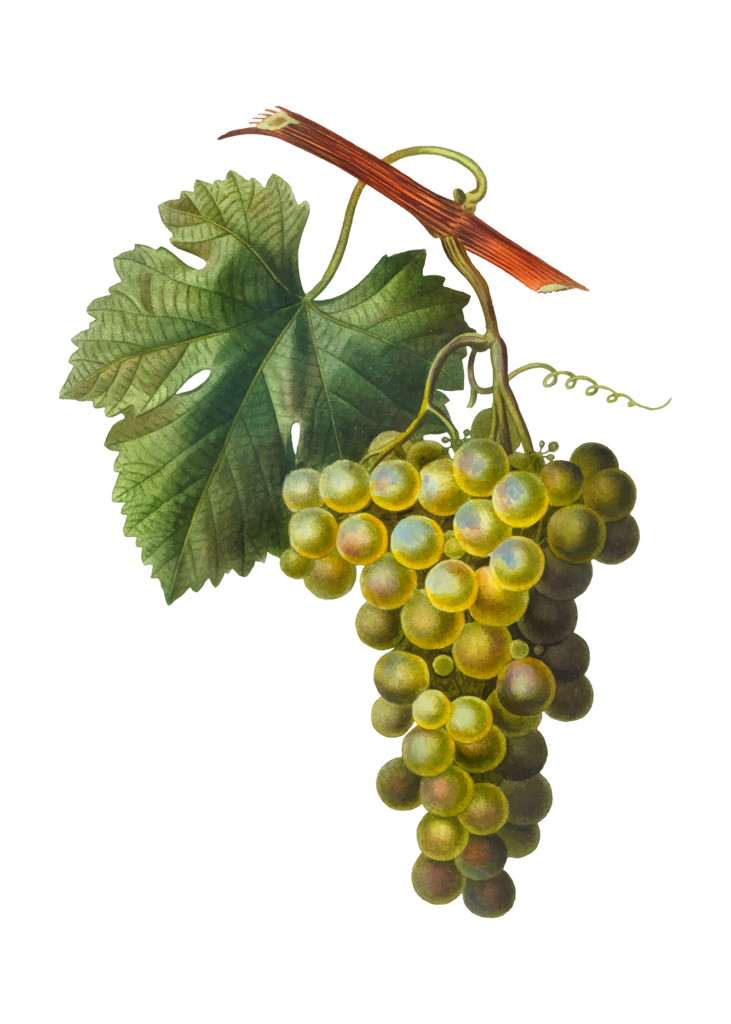
grapes
Trebbiano
The first white grape variety from our vineyards: medium acidulous, it leaves no particular sensations on the nose and palate. Its vinous aroma is intense but delicate and its flavour is savoury, dry and harmonious.
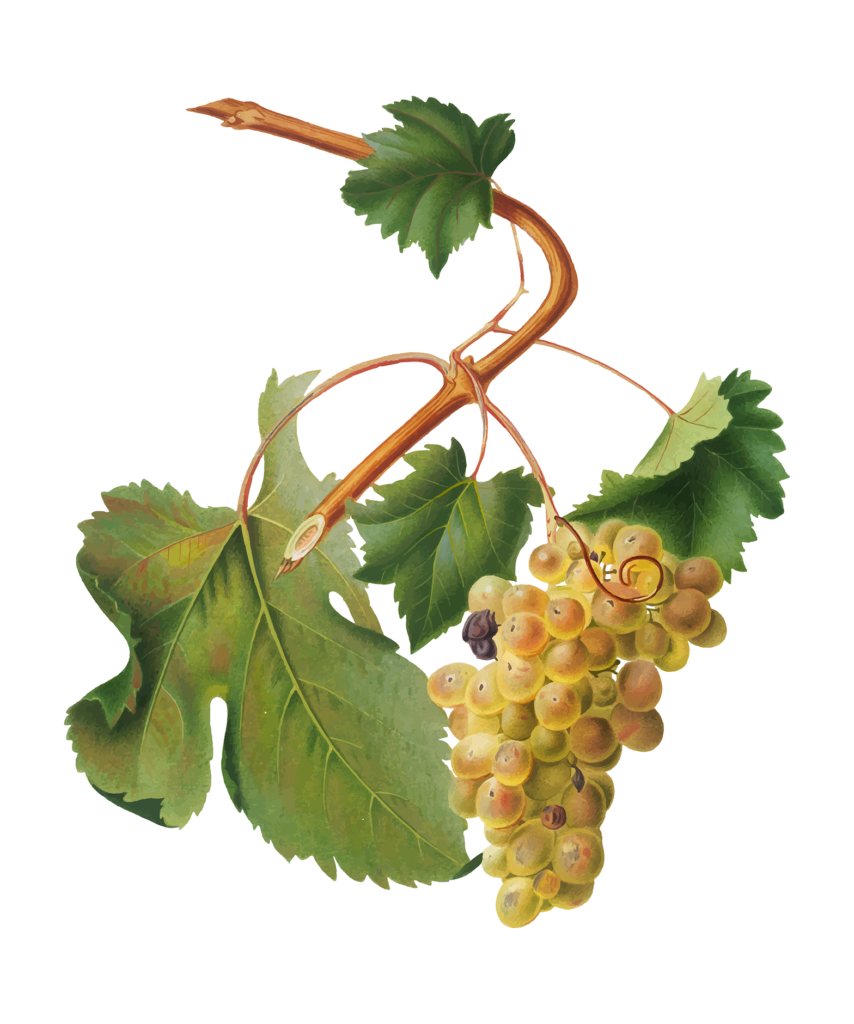
grapes
Grechetto
A leading white grape variety in Umbria, Grechetto is a very versatile grape suitable both for vinification on its own and for blending with other grapes. Its nose generally presents hazelnut and almond aromas and exotic fruity hints, mainly peach and pear.
tastings
Let's Get Together!
Tastings will introduce you to the Fornace by tasting our wines,
combined with some local gastronomic specialities,
and visiting the cellar and vineyards.